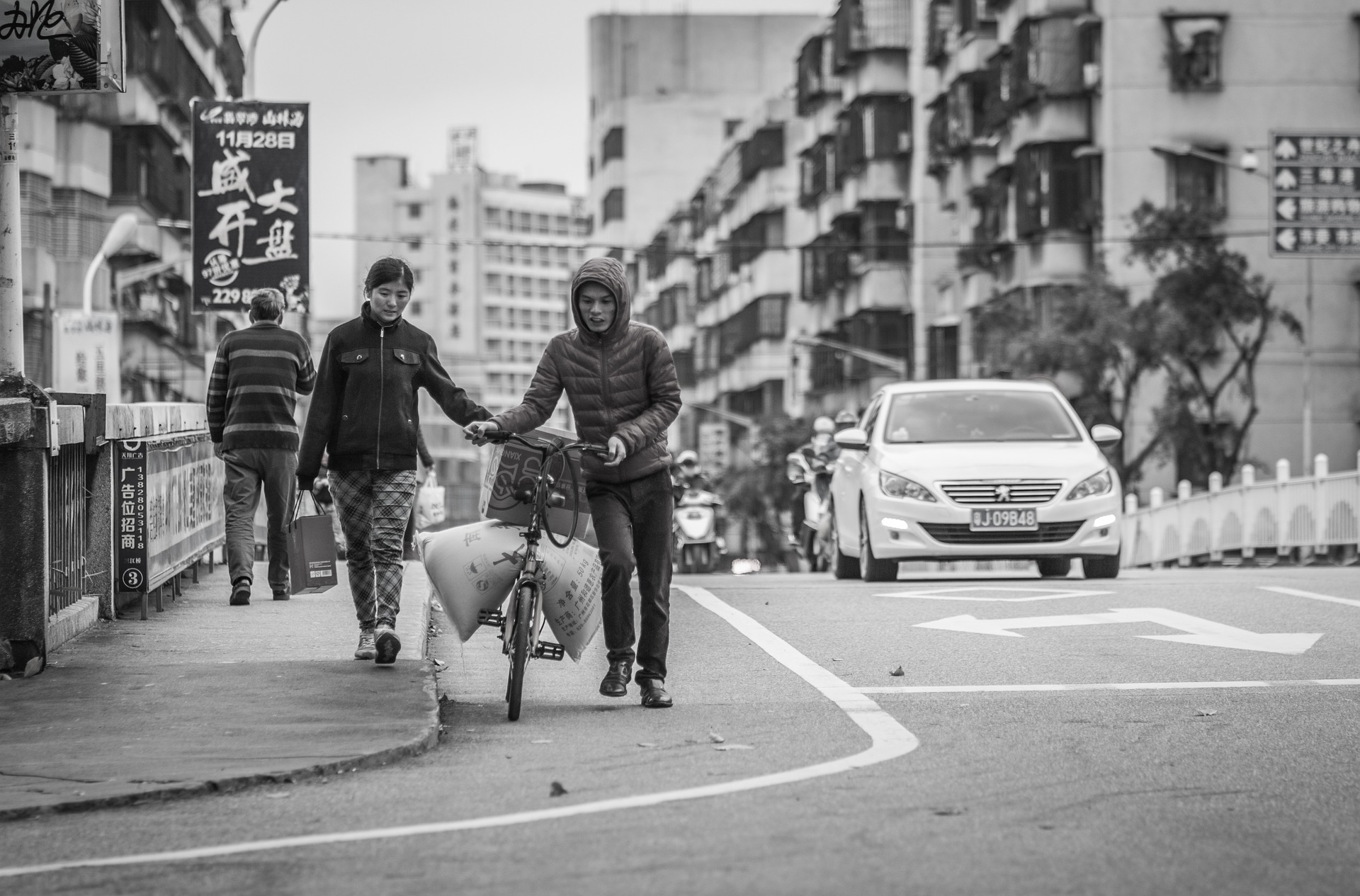Some Known Details About Street Photographers
The Basic Principles Of Street Photographers
Table of ContentsGetting The Street Photographers To WorkThe Of Street PhotographersUnknown Facts About Street PhotographersTop Guidelines Of Street PhotographersSome Known Questions About Street Photographers.
Road digital photographers do not always have a social purpose in mind, but they favor to separate and record moments which could or else go undetected.Though he was influenced by a lot of those who affected the street photographers of the 1950s and '60s, he was not chiefly interested in catching the spirit of the road. The impulse to aesthetically document individuals in public began with 19th-century painters such as Edgar Degas, douard Manet, and Henri de Toulouse-Lautrec, who functioned side by side with digital photographers attempting to record the essence of metropolitan life.
Due to the fact that of the fairly primitive technology available to him and the long direct exposure time required, he struggled to record the stress of the Paris roads. He explore a collection of photographic techniques, attempting to locate one that would enable him to record movement without a blur, and he found some success with the calotype, patented in 1841 by William Henry Fox Talbot. While the digital photographers' topic was essentially the same, the results were substantially various, showing the effect of the digital photographer's intent on the personality of the photos he generated.
What Does Street Photographers Mean?
Given the great quality of his photos and the breadth of product, engineers and musicians usually acquired Atget's prints to use as recommendation for their very own work, though industrial rate of interests were hardly his major inspiration. Rather, he was driven to photo every last remnant of the Paris he loved. The mingled passion and seriousness of his goal shine through, resulting in photographs that tell his own experience of the city, qualities that prepared for road digital photography of the 20th century.

Unlike his peers, Brassa made use of a larger-format Voigtlnder cam with a much longer exposure time, requiring him to be much more computed and thoughtful in his practice than he could have been if utilizing a Leica. (It is thought that he might not have been able to manage a Leica during that time, yet he did, nevertheless, use one in the late 1950s to take colour photographs.) Brassa's pictures of the Paris underworld lit up by artificial light were a revelation, and the collection of the series that he published, (1933 ), was a significant success.

Unknown Facts About Street Photographers
It is because of this essential understanding of the art of picture taking that he is often credited with finding the tool all over once again about a century because its invention. He took pictures for more than a half century and influenced generations of digital photographers to trust their click for source eye and intuition in the moment.
These are the questions I will try to answer: And after that I'll leave you with my very own definition of street photography. Yes, we do. Let's start with specifying what a definition is: According to it is: "The act of specifying, or of making something certain, distinctive, or clear".
No, most definitely not. The term is both restricting and misinforming. Seems like a road digital photography need to be images of a streets ideal?! And all road digital photographers, with the exception of a handful of outright novices, will completely appreciate that a road is not the key component to road digital photography, and in fact if it's a photo of a street with perhaps a few dull individuals not doing anything of passion, that's not road photography that's a photo of a road.
5 Easy Facts About Street Photographers Shown
He makes a valid factor don't you assume? Nonetheless, while I concur with him I'm uncertain "candid public digital photography" will capture on (although I do kind of like the term "honest photography") because "road digital photography" has been around for a long period of time, with several masters' names affixed to it, so I think the term is below to stay.
Inside?! I hear you scream as you drink your clenched fist to the sky. Why not? You can contend the beach, at a festival, in a street, in a park, in a this content piazza, in a home cafe, at a museum or art gallery, in a metro terminal, at an event, on a bridge, under a bridge ...
Yes, I hesitate we have no option! Without regulations we can not have a meaning, and without a definition we do not have a genre, and without a category we do not have anything to specify what we do, and so we are stuck in a "guidelines definition category" loophole! And no-one intends to obtain stuck in a loophole. - Street Photographers
